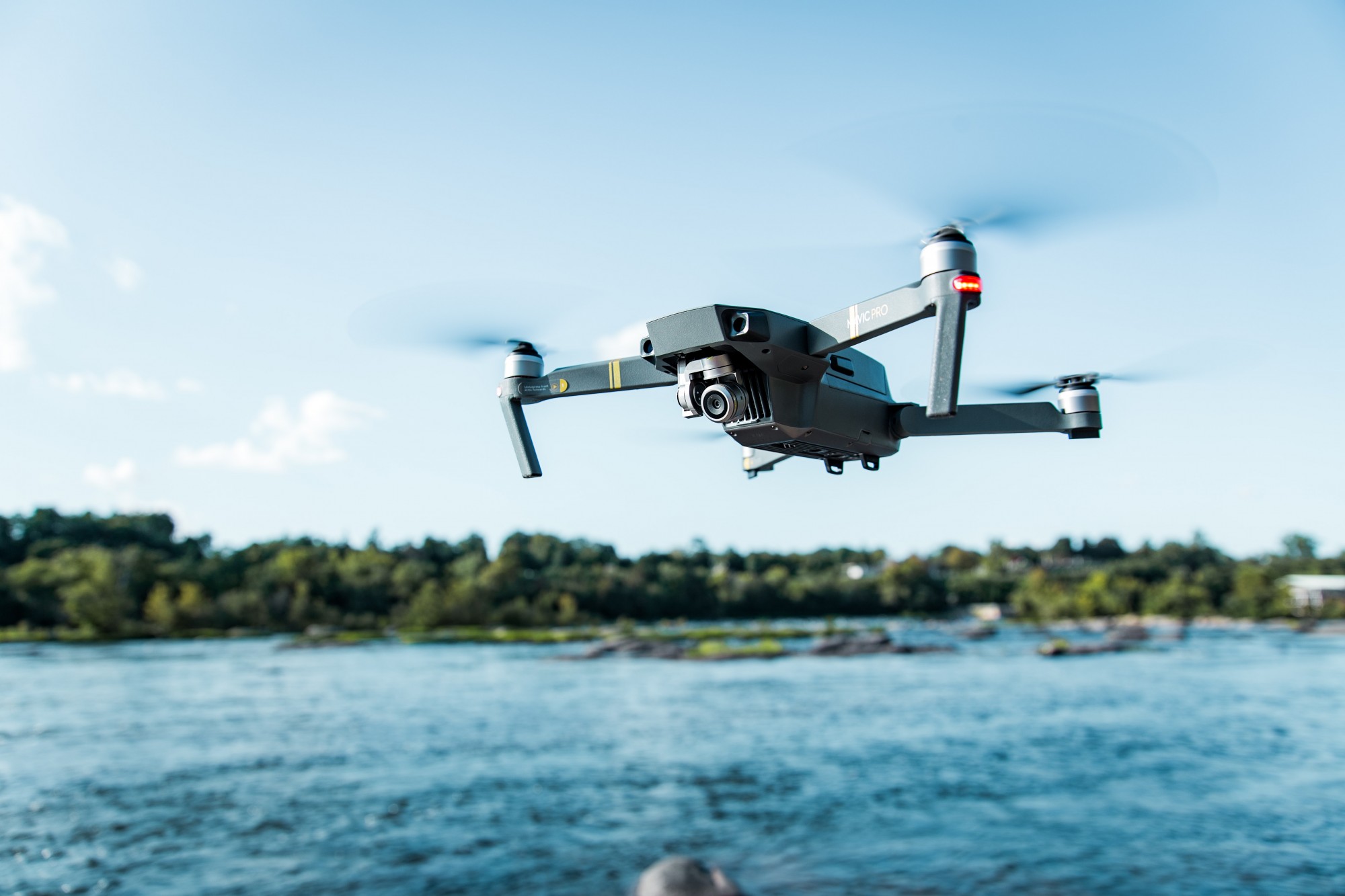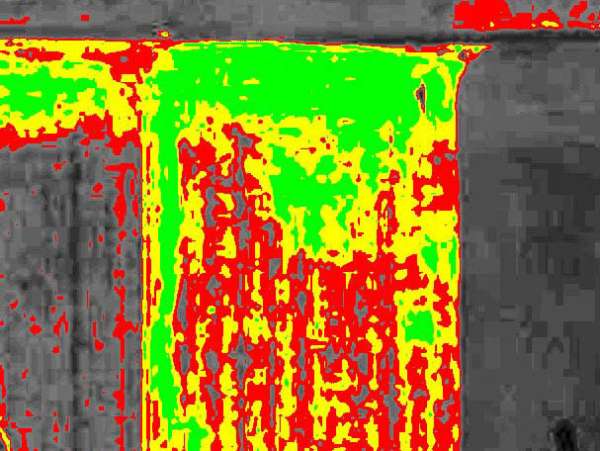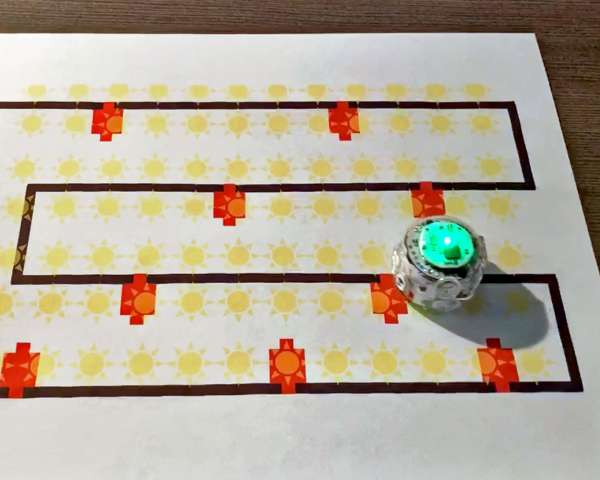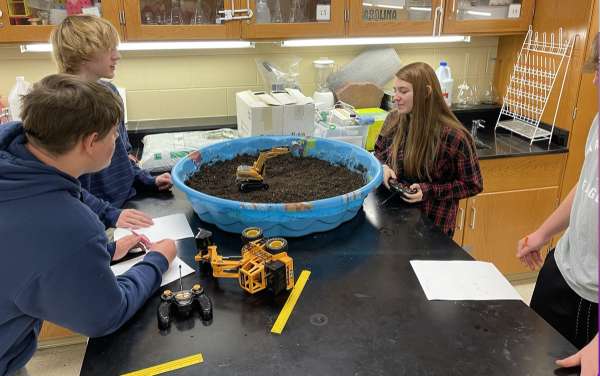Drones in the classroom
Lessons
# Drone introduction
Students learn the basics about drones and their uses, and how they operate. (Mini-lessons regarding crop health, drones, and physics should be incorporated throughout this several day lesson.)
Files
# Drone challenge
Students explore how drones can be used in agricultural settings for crop surveying through a simulation using small microdrones.
Files
Teacher background
Drone use in agriculture has increased greatly over the past 5 years. Many farmers began using drones to investigate plant health by using near infrared and NDVI to see the reflectiveness of the crop, then they scouted that part of the field to see what might be wrong: a pest infestation, a disease, or water issues. Drones come in many shapes and sizes, from ones with wings that glide through the air (fixed wing) to ones that have multiple propellers on top that lift the drone into the air (multi-copter drones). They can be controlled by a program or manually by a joystick or other type of remote. They can be used to diagnose and spray pests. Farmers may have their own drones or hire companies to fly their fields.
The advantage of drone use is in the reduction of time it takes to scout a field. A drone can cover a greater area more quickly than a farmer on foot walking the field. The ability of drones to collect data using sensors and multi-spectrum cameras far exceed what a farmer can see from the ground. Remedies to problems can be deployed much more quickly using a drone to spray or reseed a spot in a field that may have been washed out. Drone Industry Insights predicts investment to expand from $3.6 billion in 2024 to $5.7 billion by 2030. Drones are revolutionizing agriculture across diverse areas that go beyond crop farming including livestock management, fisheries, hunting, and forestry.
Flying drones takes specialized skills and licensure, so if one is interested in becoming a drone operator, there are rules that must be learned and followed. The Federal Aviation Administration requires certificates and licensure for specific uses. Check out the FAA’s website for more information.
Teachers utilizing this lesson may or may not have familiarity using drones in the educational setting. Drone usage can be accomplished at whatever level the teacher feels most comfortable. At the beginner level, it is recommended that teachers utilize this lesson as a whole class demonstration, using a single drone and piloting one at a time. At a more advanced level and with more available space, groups of students can participate in the land survey simulation with a drone for each team.
The physical science topic of forces and motion (Newton’s Laws) integrate easily into this lesson series. Teachers who work with life science content such as vegetation needs for growth will find the topic relevant to their content. Finally, teachers who enjoy using challenge-based learning and exploring tech integration will find this lesson series a new way to challenge their students.
Next gen science standards
Science and engineering practices
- Analyzing and interpreting data
- Using mathematics and computational thinking
Crosscutting concepts
- Patterns
- Cause and effect
- Systems and system models
- Structure and function
Disciplinary core ideas/content
- ESS2E Biogeology
- LS1B Growth and development of organisms
- LS2C Ecosystem dynamics, functioning and resilience
- PS2A Forces and motion
- PS2C Stability and instability in physical systems
- PS3C Relationship between energy and forces
- ETS1B Developing possible solutions
- ETS1C Optimizing the design solution
- ETS2A Interdependence of science, engineering and technology






Share this